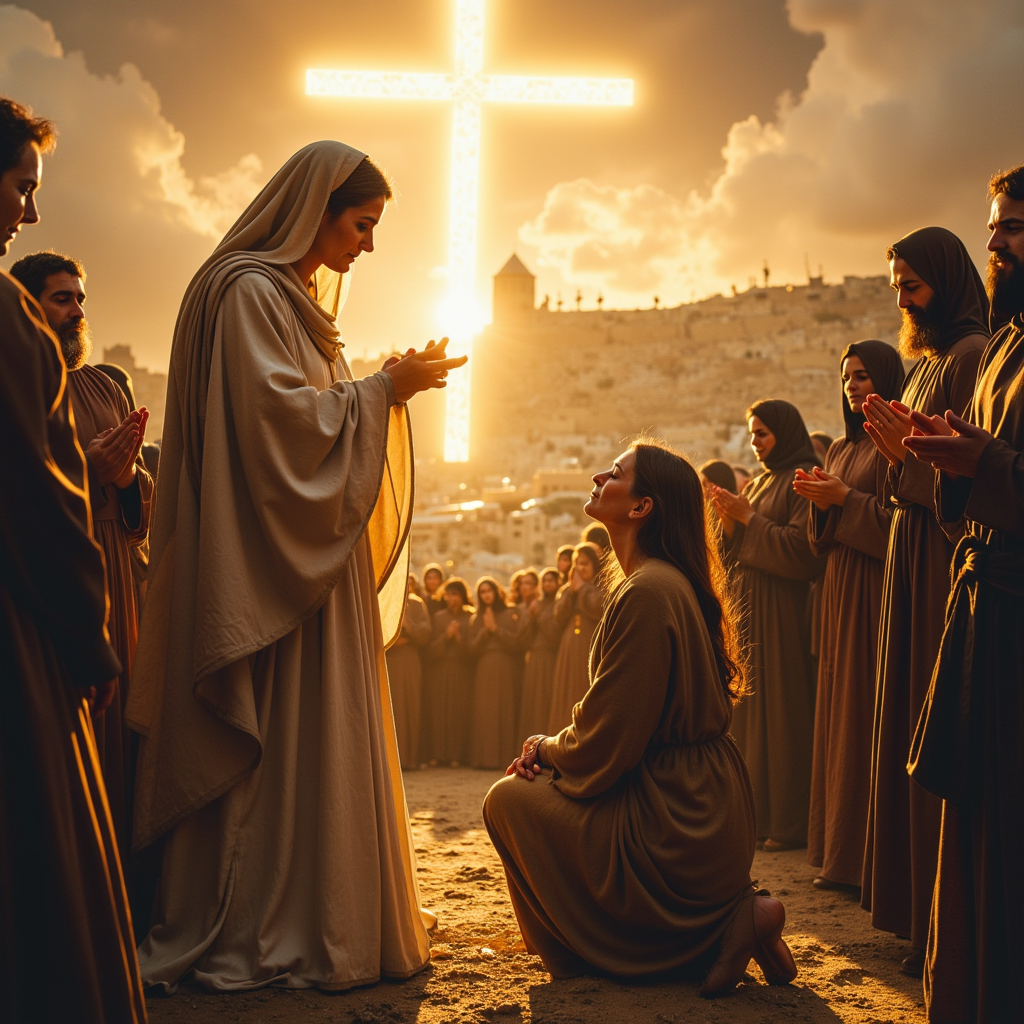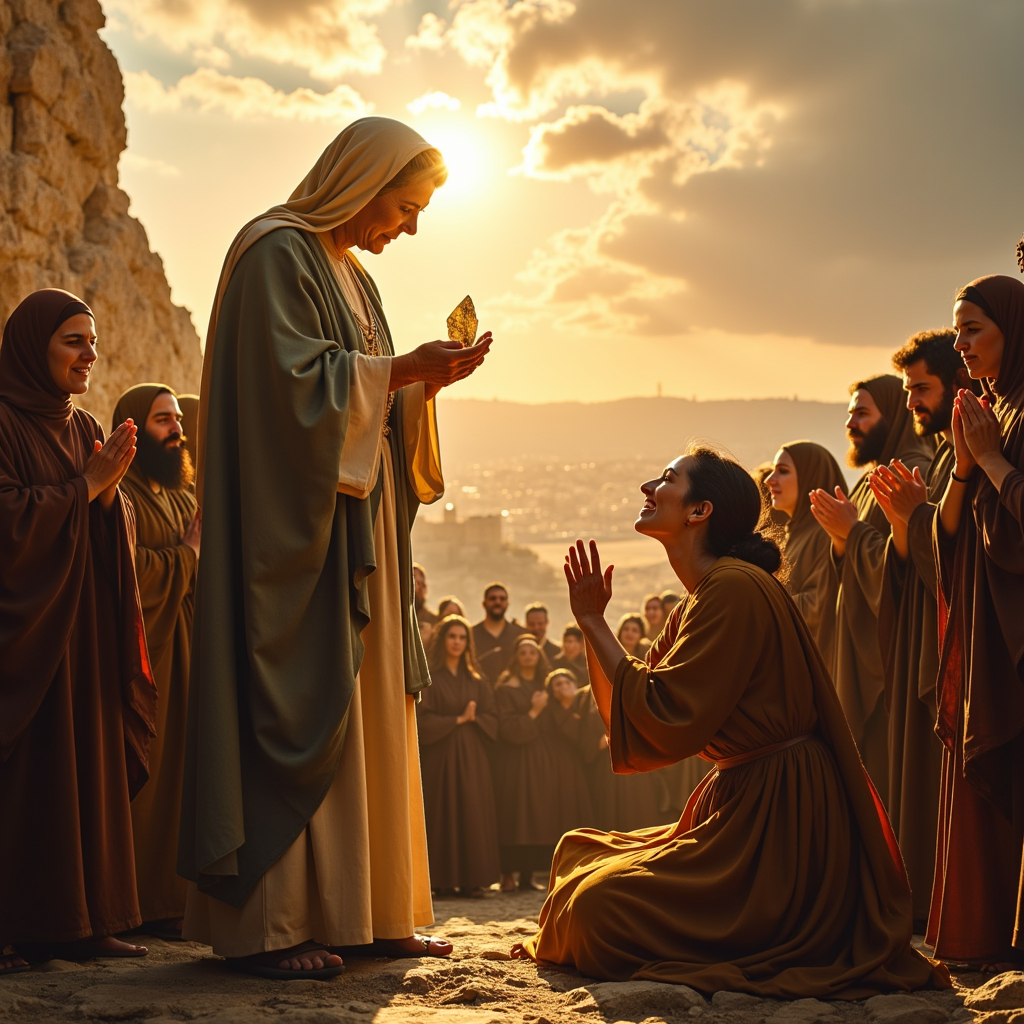The story of the True Cross, the very cross upon which Jesus Christ was crucified, has captivated the Christian world for centuries. According to tradition, fragments of the True Cross were discovered in the 4th century by Saint Helena, the mother of Roman Emperor Constantine. These relics have since been revered as sacred objects, believed to possess miraculous powers. However, the authenticity of the True Cross relics has been a subject of debate, sparking both faith and controversy throughout history.

The search for the True Cross began in 326 AD, when Saint Helena traveled to Jerusalem on a mission to locate the holy sites of Christianity. After a prolonged search, she discovered three crosses near the site believed to be Golgotha, where Jesus was crucified. Legend has it that a miracle revealed the identity of the True Cross when a sick woman was healed after touching one of the crosses. Convinced of its authenticity, Saint Helena had the True Cross divided into several parts, some of which she brought back to Constantinople, while others remained in Jerusalem.
Over the centuries, fragments of the True Cross were distributed across Christendom. Churches and monasteries claimed to possess these sacred relics, drawing pilgrims from far and wide who came to venerate the cross and seek its healing powers. The relics became a symbol of divine power and the ultimate sacrifice of Christ. However, as more and more pieces of the True Cross appeared, skepticism arose. Critics began to question the authenticity of the relics, wondering how so many fragments could have come from a single cross.
One of the key figures to address this controversy was the 16th-century scholar John Calvin, who famously quipped that if all the fragments of the True Cross were collected, they would form a large ship rather than a single wooden cross. His remarks reflected growing doubts about the reliability of the relics and ignited further debate within the Church. While some accepted the possibility that many of the fragments could be false or exaggerated, others remained firm in their belief that the True Cross relics were genuine.

Despite the controversy, the relics of the True Cross continued to hold immense spiritual significance. Many faithful believe that even a small fragment of the cross carries divine power and serves as a tangible connection to the sacrifice of Jesus. Over time, scientists have attempted to verify the age and origin of these relics through carbon dating, but the results have been inconclusive. The lack of definitive proof has done little to diminish the devotion of believers.
The story of the True Cross remains a testament to the enduring power of faith. Whether the relics are authentic or not, they symbolize the profound impact of Jesus’ crucifixion and resurrection on the Christian faith. For believers, the True Cross is not merely a relic, but a powerful reminder of Christ’s love and the redemption offered to humanity.
While the debate over the authenticity of the True Cross continues, its legacy endures as a source of devotion and inspiration for millions. The relics, scattered across the world, continue to draw pilgrims and inspire faith, serving as a symbol of hope, sacrifice, and the mystery of divine love.

